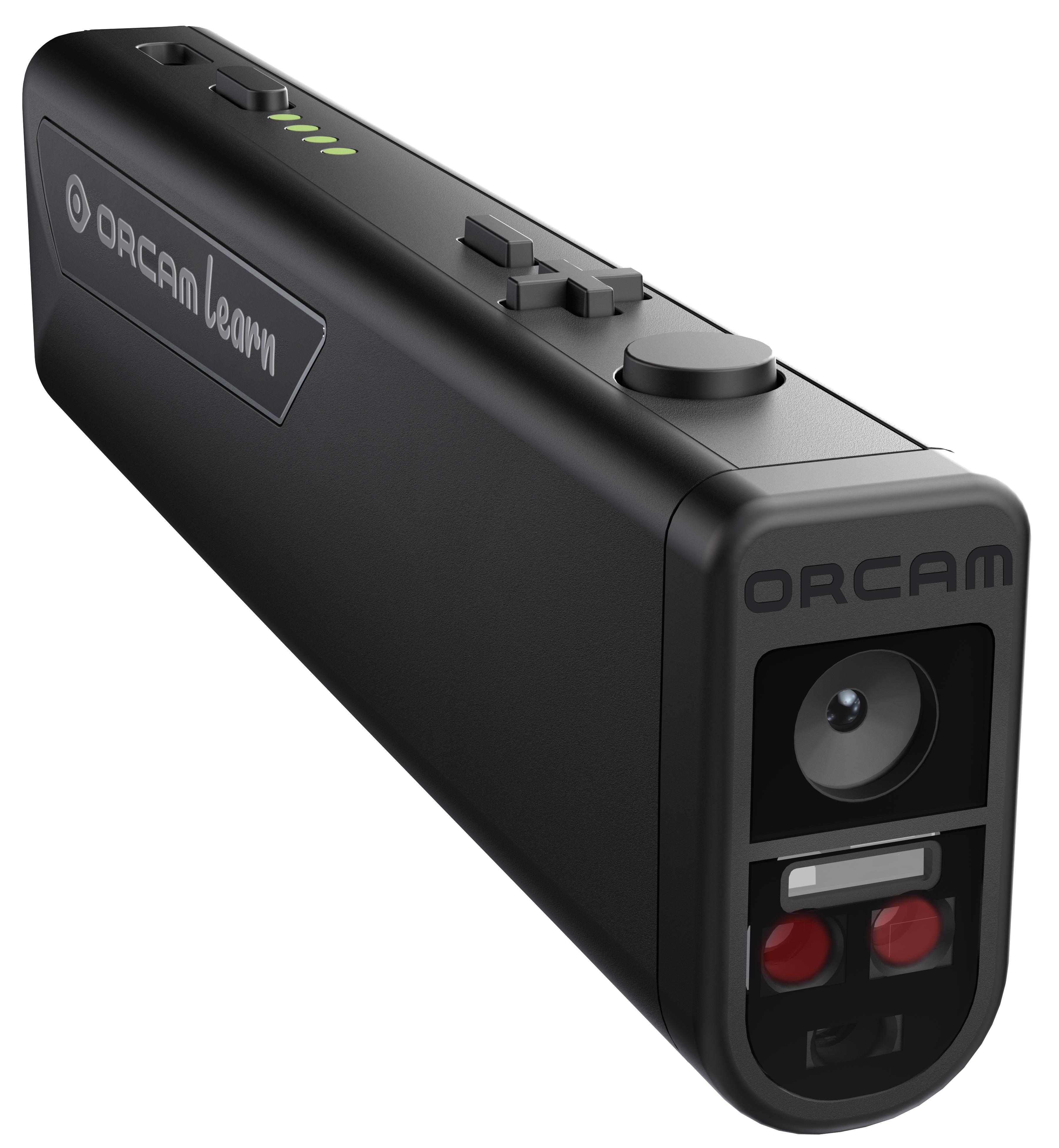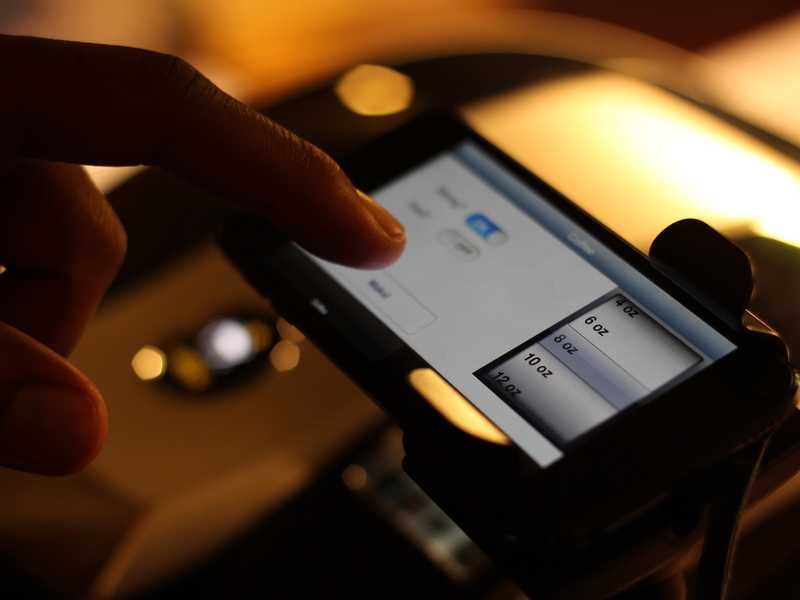OCR Devices for the Blind: Transforming Text into Speech with Ease
OCR Devices for the Blind: Transforming Text into Speech with Ease
Blog Article
Enhancing Lives With Advanced Assistive Tools for the Blind
The integration of advanced assistive tools for the blind is transforming just how individuals experience their surroundings and engage with their areas. Developments such as enhanced fact clever glasses and sophisticated digital travel help not just facilitate navigation but likewise enhance general lifestyle. These innovations cultivate a sense of autonomy and self-efficacy amongst individuals, allowing them to carry out everyday jobs with newly found confidence. The implications of these advancements prolong past plain capability; they test societal perceptions of disability and independence. What does this advancement suggest for the future of assistive innovation and its function in equipping individuals?
Introduction of Assistive Devices
Assistive tools for the blind incorporate a diverse variety of innovations and devices designed to boost self-reliance and improve the lifestyle for individuals with aesthetic disabilities. These gadgets accommodate different demands, from navigating and flexibility to interaction and day-to-day task management.
Among the primary categories of assistive devices includes wheelchair help, such as white walking sticks and guide canines, which assist customers browse their environments safely. Digital travel help, equipped with sensors and audio comments, additionally play a substantial duty in flexibility enhancement.
Furthermore, devices that assist with day-to-day living tasks, such as adaptive cooking area tools, Braille tags, and chatting watches, encourage people to carry out tasks independently. Interaction help, including screen viewers and Braille displays, help with access to information and allow individuals to engage efficiently with the electronic world.
Furthermore, low-tech solutions like magnifying glasses and large-print products remain crucial for lots of users. Collectively, these assistive gadgets serve not only as useful tools however likewise as important enablers of freedom, cultivating greater involvement in a globe that often focuses on sighted experiences. Their assimilation into daily life is important for promoting inclusivity and improving general wellness for those with aesthetic problems.
Innovative Technologies in operation
Technology in modern technology has considerably changed the landscape of tools readily available for people with visual impairments. Amongst one of the most notable developments are wise glasses integrated with increased fact, which offer real-time navigation support and item recognition. These devices leverage advanced cameras and expert system to deliver auditory hints, enhancing the customer's spatial understanding and autonomy.
Furthermore, mobile applications have become effective resources, enabling customers to recognize money, reviewed message out loud, and navigate unknown atmospheres via spoken directions. Tools such as Braille displays and refreshable Braille gadgets continue to progress, providing seamless connectivity with mobile phones and computers, consequently improving interaction and access to details.
Wearable technology, including smartwatches outfitted with voice-activated functions, better encourages individuals by helping with fast access to alerts and alerts without calling for visual engagement. Responsive maps and 3D printing are likewise gaining traction, supplying substantial depictions of spaces that aid in positioning and mobility training.
Collectively, these cutting-edge modern technologies not only boost the everyday lives of visually damaged individuals but additionally foster greater self-reliance, inclusivity, and interaction with the broader community, thereby improving understandings of ease of access. (Screen readers for the blind)
Personal Stories of Empowerment
Empowerment frequently arises from individual experiences that highlight the transformative influence of innovation on people with visual problems. Take, as an example, the story of Sarah, a young artist that regained her enthusiasm for painting via the usage of a wise walking stick furnished with obstacle detection. This gadget not just promoted her movement but instilled a newfound self-confidence, permitting her to browse public rooms individually and pursue her creative ventures.

These narratives highlight the extensive impacts that advanced assistive tools can have on every day life. By allowing people to overcome barriers, modern technology promotes a feeling of autonomy and self-respect. Such empowerment tales serve as a testimony to the capacity of advancement, illustrating just how the right tools can significantly improve high quality of life and open doors to brand-new possibilities for those with aesthetic problems.
Advantages of Advanced Solutions
Exactly how can advanced solutions basically improve the lives of individuals with visual disabilities? The combination of advanced modern technology into assistive devices considerably changes everyday experiences for those affected by vision loss. These innovative options provide unprecedented autonomy, enabling users to browse their settings with self-confidence. Instruments such as clever walking canes outfitted with sensing pediatric eye care near me units, navigation apps, and wearable modern technology are designed to give real-time comments, improving spatial awareness and minimizing the risks associated with movement.
Furthermore, progressed assistive innovations foster social inclusion by assisting in communication and interaction. Voice-activated devices and applications permit people to access information and engage with their surroundings independently, breaking obstacles that formerly prevented their participation in educational, expert, and social settings.
Additionally, the personalization and adaptability of these options accommodate the varied demands of users, read what he said therefore improving their overall quality of life. Improved capability, such as things recognition and text-to-speech abilities, encourages individuals with aesthetic problems to perform jobs that they may have as soon as located testing. Inevitably, advanced assistive technologies not only enhance self-reliance and safety but likewise promote dignity and self-regard, permitting individuals to lead meeting lives.
Future Fads in Assistive Technology
As technology proceeds to evolve, the landscape of assistive gadgets for the blind is poised for amazing improvements that will certainly even more boost access and self-reliance. Arising patterns in assistive modern technology suggest a shift toward increased combination of fabricated intelligence (AI) and artificial intelligence, making it possible for tools to adjust to specific user requires in real-time. These innovations are expected to help with more instinctive navigating systems that can identify challenges and supply audio feedback, significantly enhancing outside movement.
In addition, the advancement of wearable technology, such as smart glasses outfitted with augmented fact, will permit users to obtain contextual information about their environments, thereby enriching their spatial recognition. Innovations in haptic technology promise to produce tactile feedback devices, permitting customers to perceive information via touch, enhancing knowing and interaction with their setting.
Telecommunication advances are also leading the way for remote assistance services, where skilled professionals can supply support via video clip telephone calls, making sure support is readily available. As these patterns unfold, the future of assistive tools for the blind will certainly foster better autonomy, empowering individuals to browse their globe with confidence and ease.

Final Thought
The combination of advanced assistive tools for the blind stands for a considerable innovation in cultivating independence and boosting quality of life. By utilizing ingenious technologies, these devices equip individuals to navigate their atmospheres with higher self-confidence and autonomy. As the field proceeds to progress, recurring r & d will likely yield much more advanced unbreakable reading glasses solutions, further transforming the lived experiences of individuals with aesthetic problems and promoting a greater sense of incorporation within culture.
The combination of innovative assistive gadgets for the blind is changing how individuals experience their environments and communicate with their communities. The assimilation of sophisticated innovation into assistive gadgets dramatically transforms daily experiences for those influenced by vision loss.As innovation proceeds to advance, the landscape of assistive devices for the blind is poised for remarkable innovations that will certainly further enhance accessibility and self-reliance. Emerging patterns in assistive technology suggest a shift toward raised integration of artificial intelligence (AI) and device learning, making it possible for gadgets to adjust to private user requires in real-time.The assimilation of innovative assistive tools for the blind stands for a considerable improvement in fostering freedom and improving quality of life.
Report this page